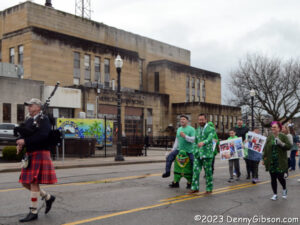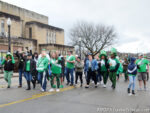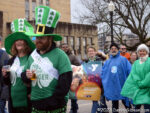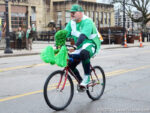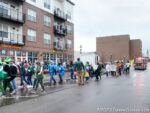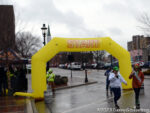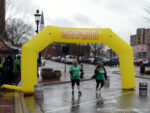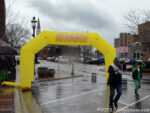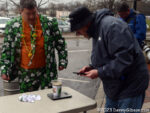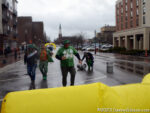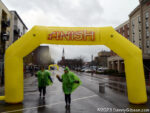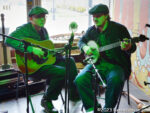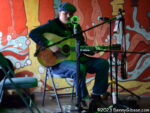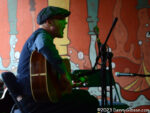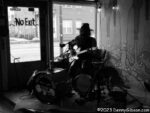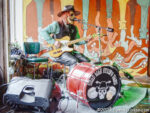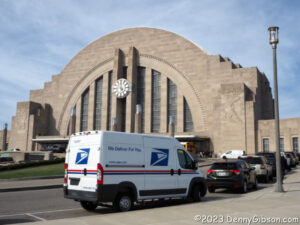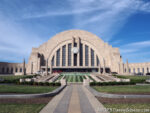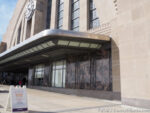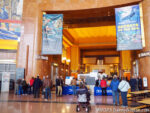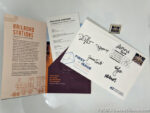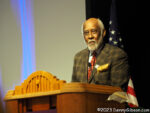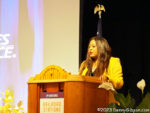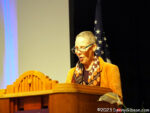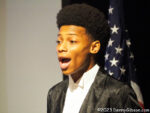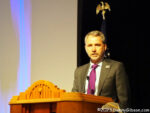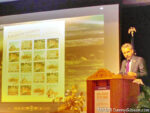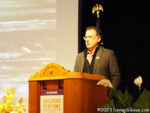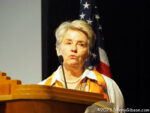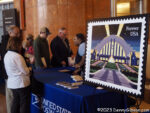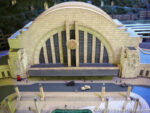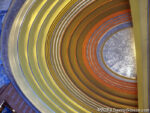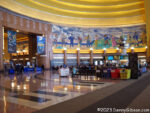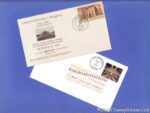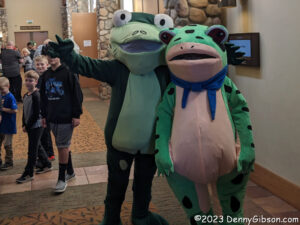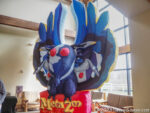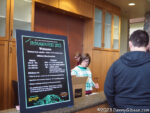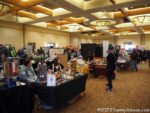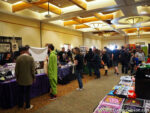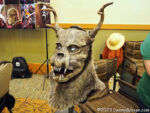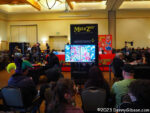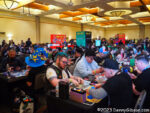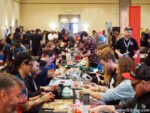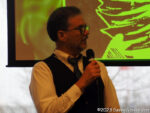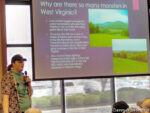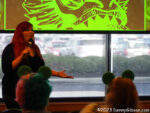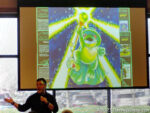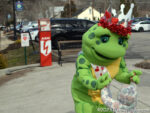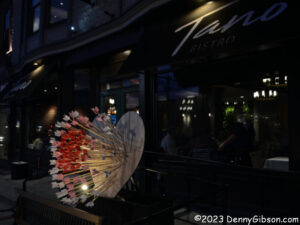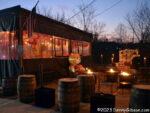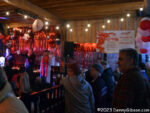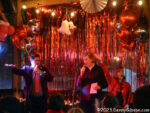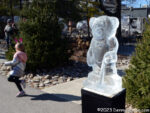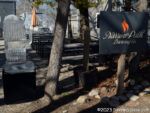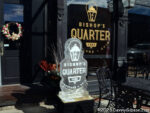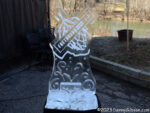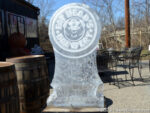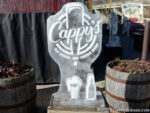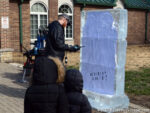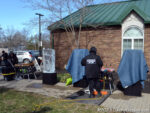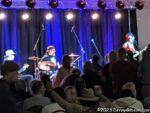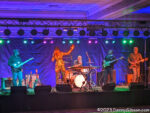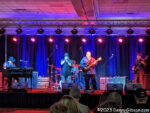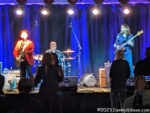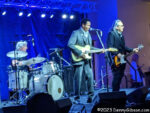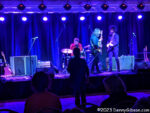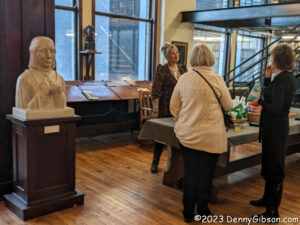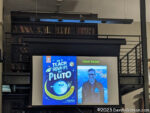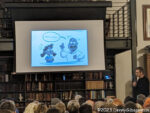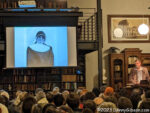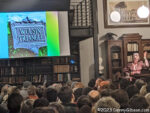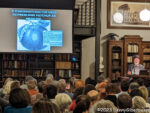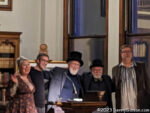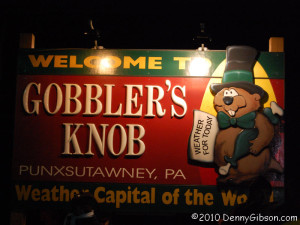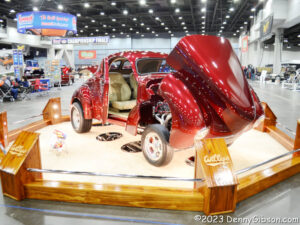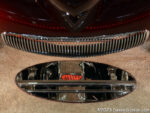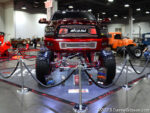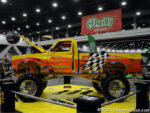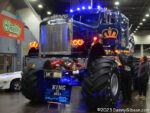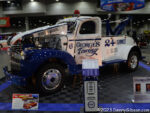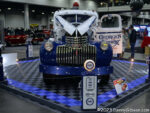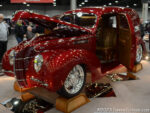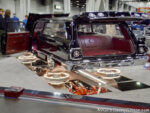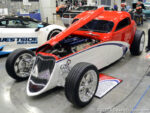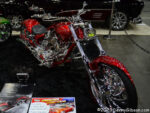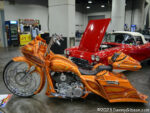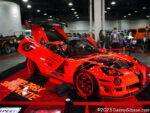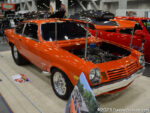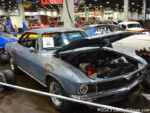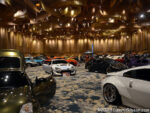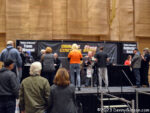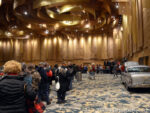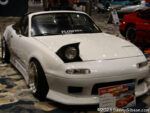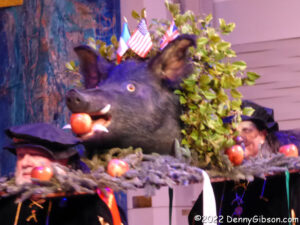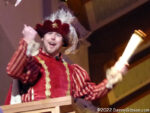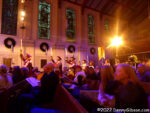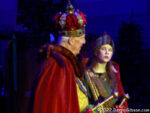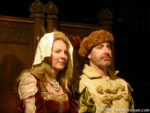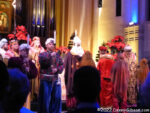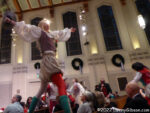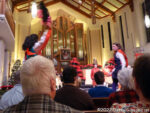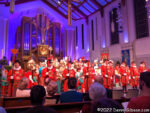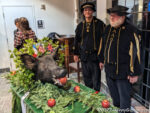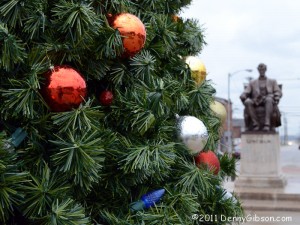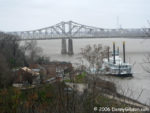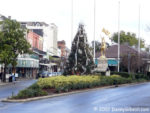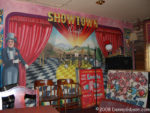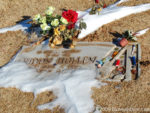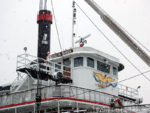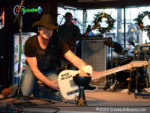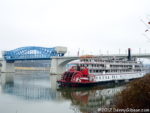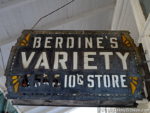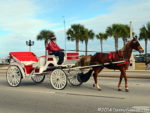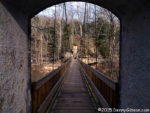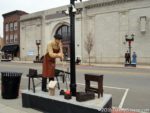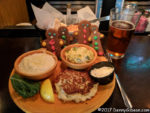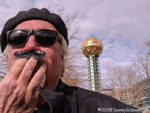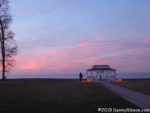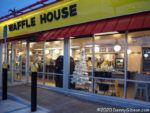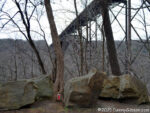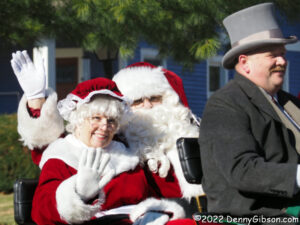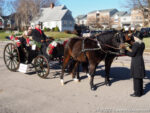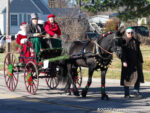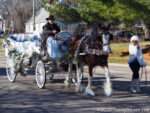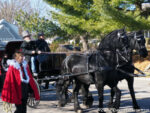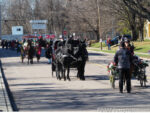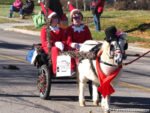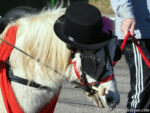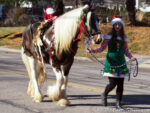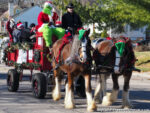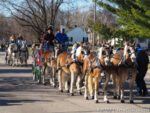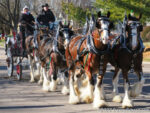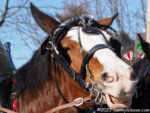It took place on March 17 so obviously it’s Irish. It’s wet because of the heavy rain that fell before it started and the light rain that fell later. It’s sweet because that’s what most short things are said to be and it’s short because that’s what Hamiltonians wanted. The title quite accurately describes the first-ever Hamilton Ohio Saint Patrick’s Day Parade which those Hamiltonians labeled Ohio’s Shortest. I think the parade route was about 575 feet long but the margin of error isn’t much less than the distance separating the piper leading the parade and the fire engine at its tail. I’ve since learned that the piper is Thomas Eickelberger and that the fellows next in line are Jim Goodman, from Municipal Brew Works, and Michael Ryan, Hamilton’s Vice Mayor. Hamilton’s Mayor, Pat Moeller didn’t actually march in the parade but I did get a shot of him chatting with Eickelberger during the staging.
Municipal Brew Works was listed as the parade’s starting point with the route ending around the corner and up a block at Tano Bistro. I got a full frontal of that bicycle leaning against the brewery before the big kickoff.
Here is the parade after turning the corner. The official end point is behind me but not everyone made it that far. Many departed the route when they reached The Casual Pint or The Pour House. Tano and Chick’nCone got a few of the marchers and would get more later but most initially headed to the adult beverage dispensaries including MBW back at the start point.
The city of Hamilton is no stranger to celebrating Saint Patrick’s Day or to promoting shortness. The parade was followed by the second annual O’DORA Dash. DORA stands for Designated Outdoor Refreshment Area where adults can carry alcoholic beverages and, as everyone knows, adding an ‘O’ will make anything Irish. Despite the word “dash” in its name, speed in covering the 0.1K course doesn’t seem particularly important. In fact, I saw no evidence of any time or speed-measuring devices anywhere near the event.
Much of the chatter about the event concerns not spilling your beer and I saw several participants meet that requirement by chugging their beverage at the beginning. But the official goal was to get as much liquid (either green beer or local Pahhni Water) as possible to the other end. True competitors were not deterred in the least by winds taking down the finish line marker. The Hamilton Community Foundation will benefit from the fundraiser regardless of who won or how much rainwater was in their cup.
I was already planning on attending the parade when I found out that someone I know would be playing at North Second Tap and Bottle Shop. When I got there, the new-to-me Bedel and Hibbard were on stage. Elijah Bedel and Sam Hibbard perform mostly American folk music on a variety of instruments. That’s a gourd banjo on the right side of the first picture and the banjo and fiddle on the picture’s left side are part of the mix too. Today’s song list was naturally slanted toward Ireland. Not only were they doing an afternoon set, but they would also be returning later to close out the night.
Although I’ve seen Rob McAllister do sets that would qualify as American folk music, that would not be happening today. Today it would be Dead Man String Band at full throttle. Usually checking out a guitarist’s pedal board will reveal an array of effects boxes with buttons. The Dead Man’s has real pedals and he uses them all. And somehow, replacing the tom rack on a bass drum with a microphone just seems to fit.
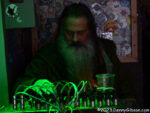
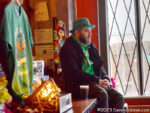 With the exception of the cold, I enjoyed everything about my day in Hamilton. I especially appreciated the sheer fun of the parade which kind of reminded me of the Cincinnati parade before all the sanctimonious family values posturing took over. The O’DORA Dash was fun to watch and I enjoyed a few malt beverages although none were green. And I appreciated hearing music in a place where others appreciated it too. Can there be any doubt that a place is cool when there is a wizard on the soundboard and a leprechaun on the bar?
With the exception of the cold, I enjoyed everything about my day in Hamilton. I especially appreciated the sheer fun of the parade which kind of reminded me of the Cincinnati parade before all the sanctimonious family values posturing took over. The O’DORA Dash was fun to watch and I enjoyed a few malt beverages although none were green. And I appreciated hearing music in a place where others appreciated it too. Can there be any doubt that a place is cool when there is a wizard on the soundboard and a leprechaun on the bar?

